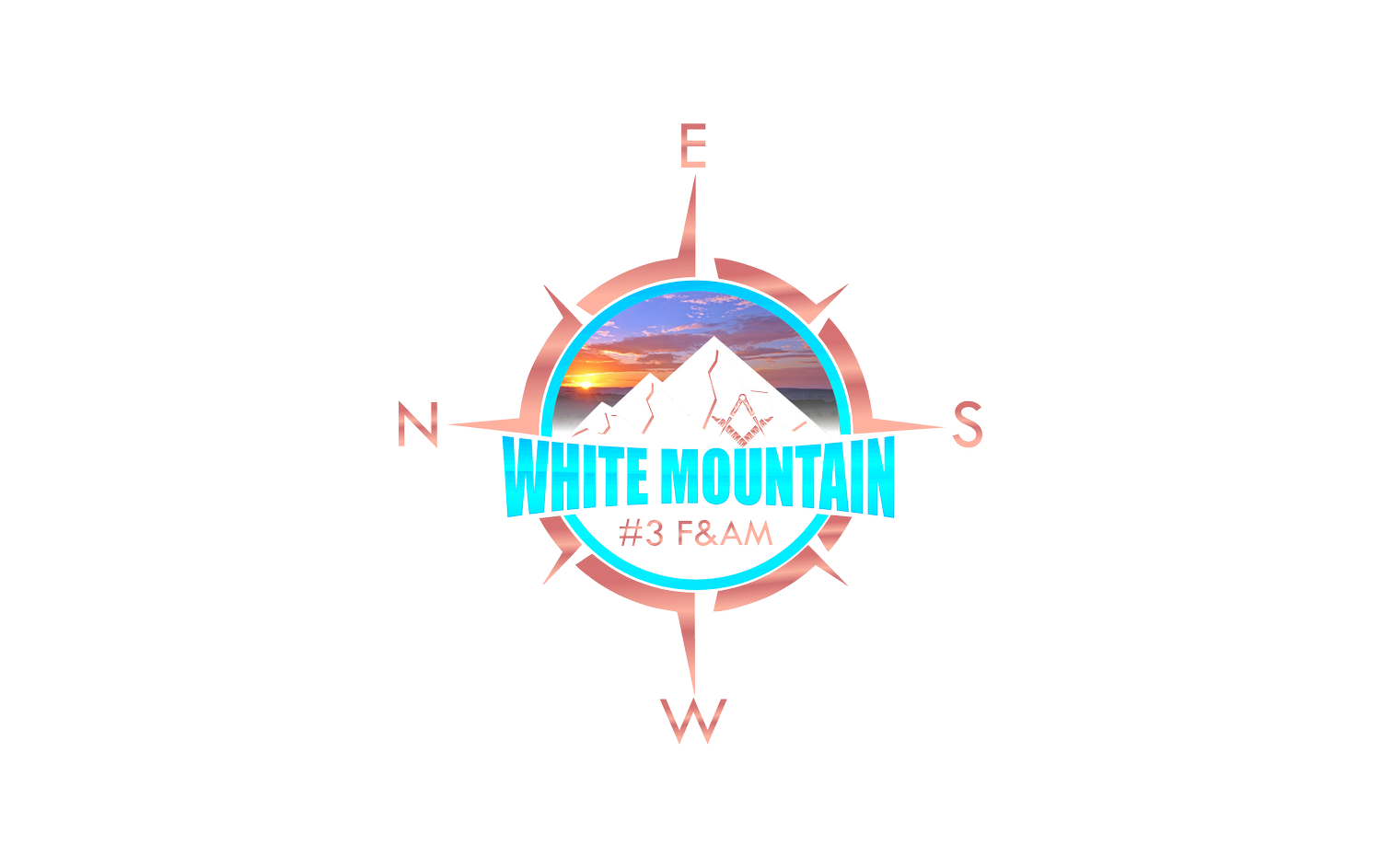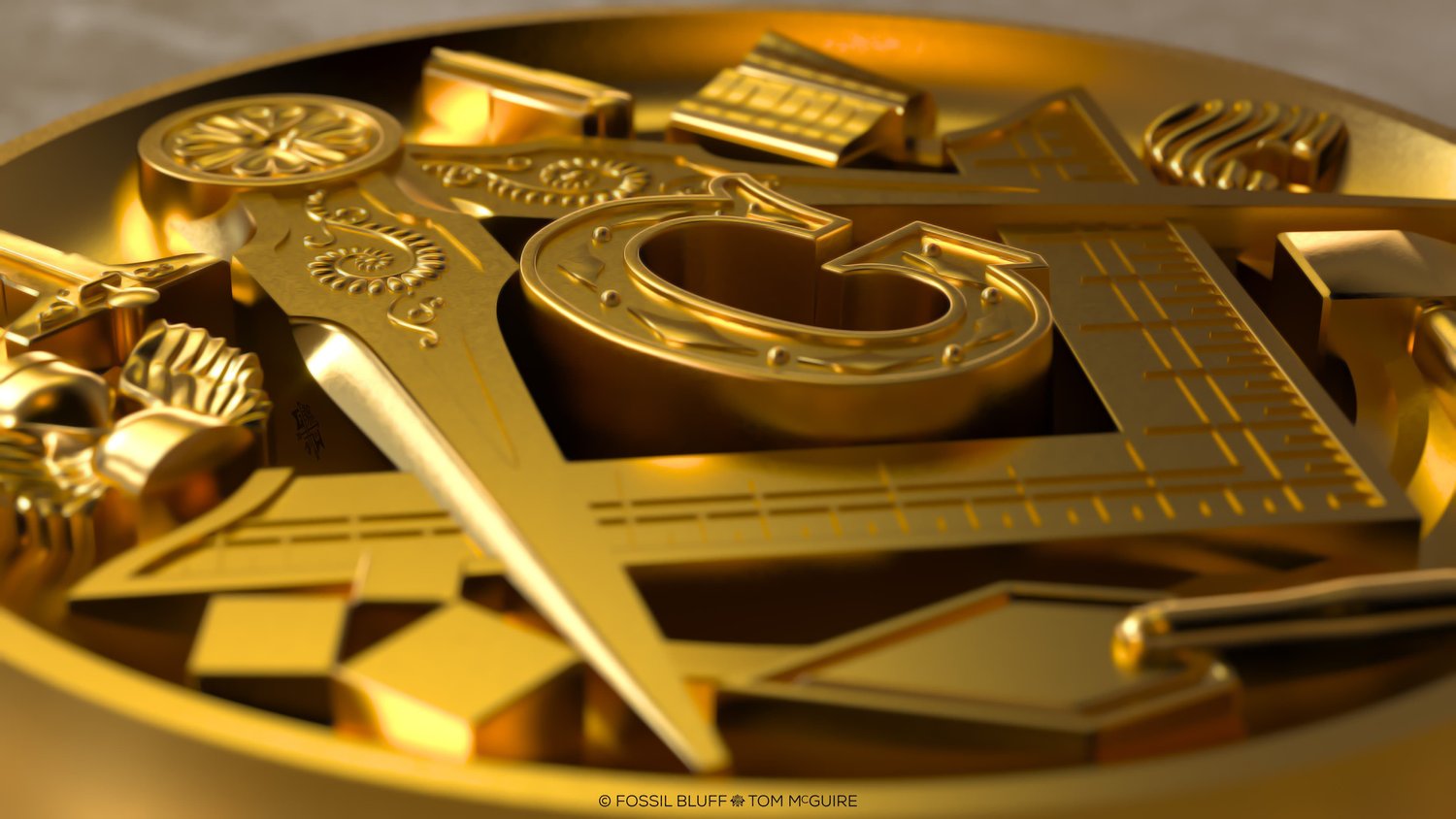
York Rite
The York Rite, or more correctly, the American Rite, is based on the early remnants of Craft Masonry that were practiced in the early 1700’s. The formation of the first Grand Lodge of England in 1717 specified that the lodges were to confer only the degrees of Entered Apprentice, Fellowcraft, and Master Mason, all other degrees being considered spurious. However, many lodges had been conferring other degrees that they considered an integral part of Masonry, in particular that of the Royal Arch, and formed their own Grand Lodge in 1751, terming themselves the “Antients” and the other Grand Lodge members the “Moderns.” With the merger of the two Grand Lodges in 1813 into the United Grand Lodge of England, the lodges agreed that only the three accepted degrees of Masonry would be used by the lodges, but the degree of the Royal Arch would be attached to Chapters allied directly to these lodges and bearing the same number as the lodge, though as a separate body. Thus, unlike the Ancient and Accepted Scottish Rite, which claims to hold the power of conferring the first three degrees of Masonry in addition to those under its jurisdiction, those found in the York Rite have rightfully acknowledged the fact that they are considered appendant to those of Ancient Craft Masonry. It is still the practice in English Masonry that a Masonic member is not considered to be in possession of all the degrees of Ancient Craft Masonry until he has been exalted to the Royal Arch.
Early American Lodges operated in a similar manner until the establishment of the General Grand Chapter of Royal Arch Masons. For a period in US history, the Cryptic degrees were controlled by various state Grand Chapter jurisdictions until the establishment of the General Grand Council. The Chivalric Orders have been controlled by the Grand Encampment since the early 19th century in the United States. All three bodies are technically autonomous Masonic entities, only the requirement of membership in the Royal Arch connecting the Cryptic degrees and Chivalric Orders together.
Scottish Rite
The Ancient & Accepted Scottish Rite of Freemasonry, commonly known as the Scottish Rite, is one of several groups that are part of the worldwide fraternity known as Freemasonry. The Scottish Rite is the largest and most widely practiced Masonic Rite in the world and employs a lodge system.
While there is no Masonic degree more important than that of Master Mason, there is a long tradition—almost as old as Freemasonry—of “high degrees” that expand upon and elaborate the teachings and lessons of the first three degrees. The Scottish Rite degrees teach a series of moral lessons culminating in the 32°, Master of the Royal Secret. The Scottish Rite continues a Master Mason’s education in many ways:
Early American Lodges operated in a similar manner until the establishment of the General Grand Chapter of Royal Arch Masons. For a period in US history, the Cryptic degrees were controlled by various state Grand Chapter jurisdictions until the establishment of the General Grand Council. The Chivalric Orders have been controlled by the Grand Encampment since the early 19th century in the United States. All three bodies are technically autonomous Masonic entities, only the requirement of membership in the Royal Arch connecting the Cryptic degrees and Chivalric Orders together.
Shriners International
Shriners International is a fraternity based on fun, fellowship and the Masonic principles of brotherly love, relief and truth. With nearly 200 local chapters and thousands of clubs on six continents, Shriners are known for their fellowship, brotherhood, compassion and generosity. The fraternity established Shriners Hospitals for Children as its official philanthropy in 1922, and continues to support it today, while striving to make the world a happier, better place.
Shriners International helps good men become better leaders, husbands, fathers, friends and community contributors. Brotherhood is the cultural foundation that distinguishes our fraternity from other groups and associations. When you become a Shriner, you join a network of nearly 200,000 brothers around the globe who are dedicated to helping and supporting each other personally and professionally.




